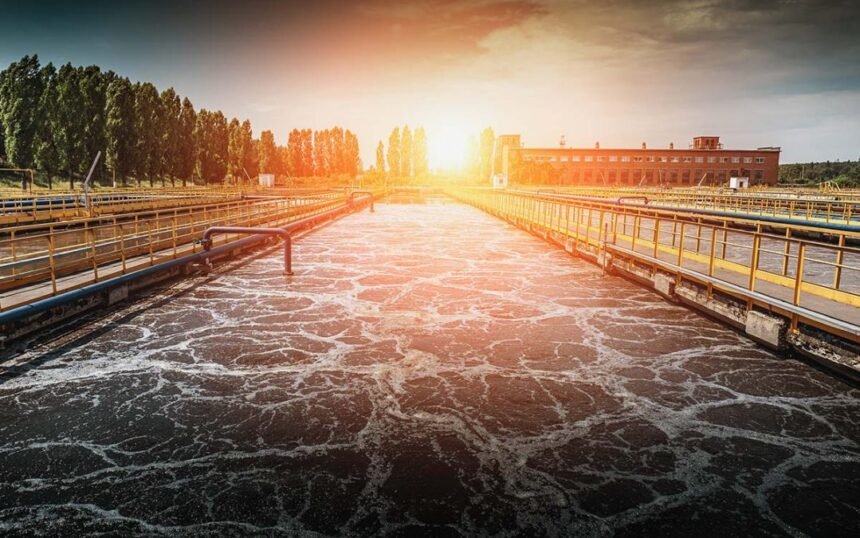The Brihanmumbai Municipal Corporation has now chosen to treat and clean the nullah water. These storm water drains are primarily include sewage and other sort of wastes. To prevent the mixing of this hazardous water in seas or streams, the BMC joins hands with IIT Bombay ‘N-Treat tech.’
BMC and IIT Bombay plans in-situ treatment for storm water drains
BMC plans in-situ treatment of the garbage from 25 nullahs lying between Bandra and Dahisar to stop it from spilling into the sea. The city council will utilize the N-Treat method, developed by SINE IIT Bombay Company. However, this will act as a partial fix to the pollution that is present in the nullahs.

What actually N-Treat method is?
It is an organic and environmentally beneficial method of treating sewage and includes 7 steps. A copy of comprehensive report for N-Treat is available on the civic organization’s website. The benefit of this technique is that it does not require additional space. The whole process will happen in the nullah only.
At first, all the flowing objects like sanitary pads, disposable plates or glasses, wood blocks etc. will be collected from the water. The nullah will have 3 screens to collect the waste easily.
After that they will construct a silt trap. The next three steps include installation of bio- zones. A floating wetland with underwater plants growing on floating mats could be seen. At last they will use a disinfectant to kill bacteria.
The N-Treat method is economical because it doesn’t need manual pumping, uses less electricity, and doesn’t require a lot of labor-intensive servicing. The BMC would invest Rs 83 crore in the initial stage for the 5.5-year purifying of water from 26 nullahs. However, a civic activist claims that this initiative shouldn’t be another trial. Rather it should only start if it is advantageous to the city.
For more such updates keep reading on techinnews.com



